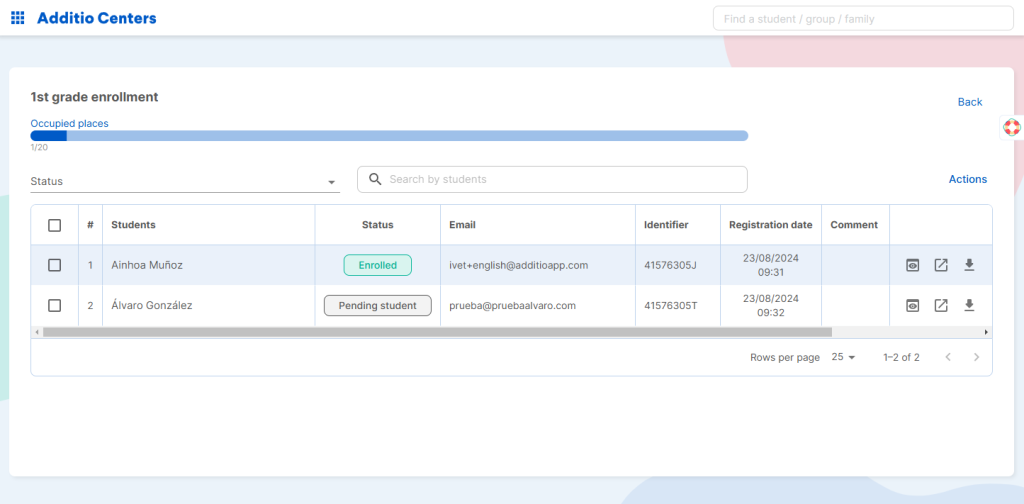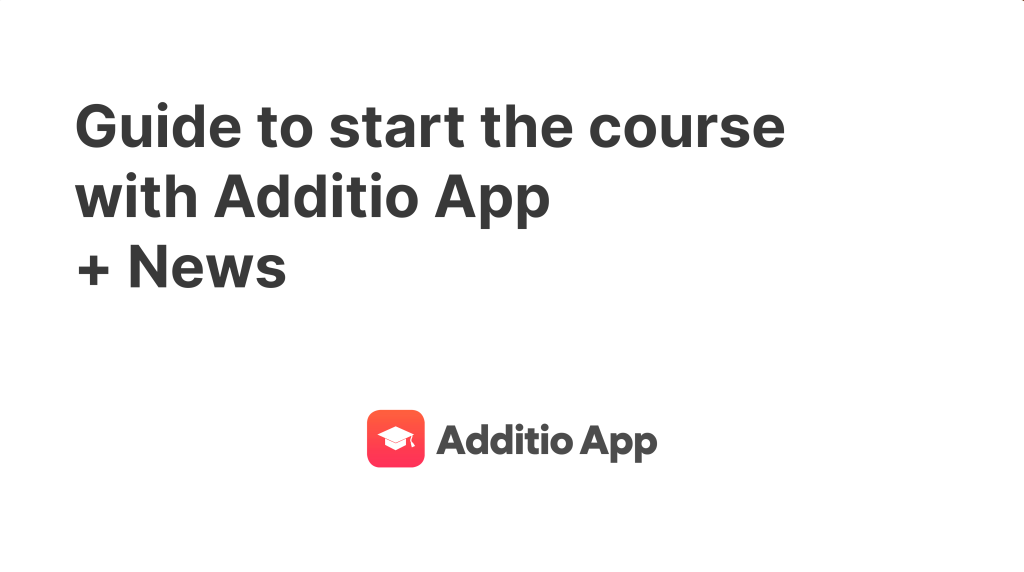There’s no doubt that we’re in an environment with an abundance of educational options, and families and students now have more choices for their studies, regardless of the type (mandatory education, vocational training, higher education…). In this context, the way educational institutions manage each interaction they have throughout the lifecycle of both potential and current students determines their success in achieving enrollments.
By understanding the student lifecycle and its different phases, we add value to each of these interactions—from the moment we introduce ourselves until they enroll. And even beyond that, as we aim to retain these students and, importantly, to gain recommendations to other families and students.
In this post, we’ll explain the different phases of the student lifecycle and discuss practical strategies and tools that can help optimize each phase. This way, you’ll have the keys to attract new students and, more importantly, build a lasting relationship with them. Don’t miss out!
What is the Student Lifecycle (Customer Lifecycle)?
Some of you may be familiar with this term, or it might be completely new to you. In any case, this post will clarify everything about the student lifecycle, also known as the customer lifecycle.
Broadly speaking, it’s a concept commonly used in marketing that refers to the different stages a customer goes through, from their first contact with a company to their eventual purchase decision and everything beyond that (such as retention and recommendation actions).
How does this apply to the educational context? In recent years, the importance of considering the student lifecycle has increased to attract new students to educational institutions. At a school or university, these phases—which we’ll describe in the following sections—are the stages your potential students and their families go through before, during, and after they decide to enroll.
Stage 1: Awareness
In the student lifecycle, the first stage to consider is awareness. In this phase, potential students and their families discover the school or institution and its offerings. How does this happen? There are many ways, including:
- Searching for information online
- Recommendations from someone they know who studied there
- The institution’s social media presence
- Attendance at educational fairs and open house events
- Participation and presence in local media
The main objective for educational institutions in this phase is to gain visibility, highlighting the key messages they want potential students and families to know.
To optimize this phase, here’s the strategy to follow:
- Maintain a well-designed, updated website with clear information and key messages about the institution.
- Nurture relationships with current students and alumni, who are the best advocates.
- Maintain a friendly and engaging presence on social media.
- Attend prominent educational events, like university orientation fairs.
- Send press releases to local media with news about the institution, such as awards won or educational programs implemented.
You can easily enhance your online presence with the website tool available in Additio App’s economic and administrative management module. With this website builder, you can quickly create and manage the school’s website and online store. It’s an intuitive and flexible configurator that also allows you to manage the school blog.
Stage 2: Segmentation and Acquisition
The second stage in the student lifecycle is segmentation and acquisition.
In this phase, families and students interested in the institution’s offerings begin to evaluate it against other schools. They may attend open houses, sign up for newsletters, and look for information to help them compare and ultimately make the best decision.
The institution’s objective at this stage is to ensure that interested parties have a clear understanding of its offerings, admission process, fees, benefits, etc.
To optimize segmentation and acquisition, the key is to have a solid CRM tool. This allows for tracking the different leads and where they are in the decision-making process. Organizing each lead (students and families) clearly—whether they are in the first contact phase, attending an open house, or preparing for an interview—will help the staff involved take actions to ensure that families and potential students progress through the enrollment journey.
Discover the benefits of Additio App’s CRM in the video below:
Stage 3: Conversion
Se trata de la fase seguramente más conocida, y la fase clave para tener alumnos matriculados. Como bieThis phase is likely the most familiar and crucial in obtaining enrollments. As the name suggests, it’s the moment when potential students and their families decide to enroll at an institution. In this stage, they go from being prospective students to being enrolled.
The goal is to convert as many leads as possible into enrolled students—a main challenge in the enrollment process where most resources are likely allocated.
The main strategies here are:
- Use email marketing tools to provide information about the enrollment process or anything about the school that reinforces the decision for the student and family.
- Once the decision is made, having an intuitive and user-friendly enrollment tool is essential. A simple, quick digital process leaves a good first impression, avoids common manual errors, and allows a complete record of all enrollments.
Additio App offers an intuitive, user-friendly enrollment module that enables institutions to create fully customized application processes with real-time tracking of all enrolled students.

Stage 4: Retention and Recommendation
It’s common to think that the process ends once students are enrolled, but the relationship with students goes far beyond that.
In this phase, the focus is on keeping students and their families satisfied and engaged long after enrollment. This strengthens their connection to the institution during their studies and increases the likelihood that their positive experience will lead them to recommend the institution to others.
Two key strategies in this phase are:
- On one hand, make sure students and their families feel well-supported throughout the learning process. This means putting the students at the center of learning and maintaining constant communication with them and their families about academic progress. This will increase their involvement and help work towards academic success. Having good communication tools is essential as they help share academic progress and allow families to stay connected with the institution and teachers, receiving updates about their children.
- On the other hand, as an educational institution, we must ensure students’ growth, helping them develop skills that will aid them in their academic, personal, social, and professional lives. Therefore, it is important to have tools that allow the institution and teachers to conduct skills-based assessments, in line with the educational law LOMLOE. This will help students feel supported and valued, providing assistance in areas where they need improvement. At Additio App, we assist you in the process of competency-based assessments in line with the LOMLOE! Don’t miss it!
With Additio App, you have all the tools for skills-based assessment aligned with the LOMLOE. Don’t miss it!
The Importance of a Holistic Approach to the Student Lifecycle
In this post, we’ve highlighted the importance of not just considering parts of the process but taking a holistic approach to student recruitment and retention. It’s crucial to care for the relationship with potential students and their families well before the enrollment and long after it.
Are you already applying this at your educational institution? Tell us on our social media: Facebook, Twitter, Instagram and Youtube.
Remember, with Additio App, you can carry out competency-based assessments, putting students at the center of learning, keeping them informed about their progress, and helping them identify areas for improvement and strengths.
With over 150 features, Additio helps enhance both teaching and student learning. You can try the tool for free with the Additio Starter plan, which provides access to most features, and see if the platform truly fits your needs.
See you soon!





